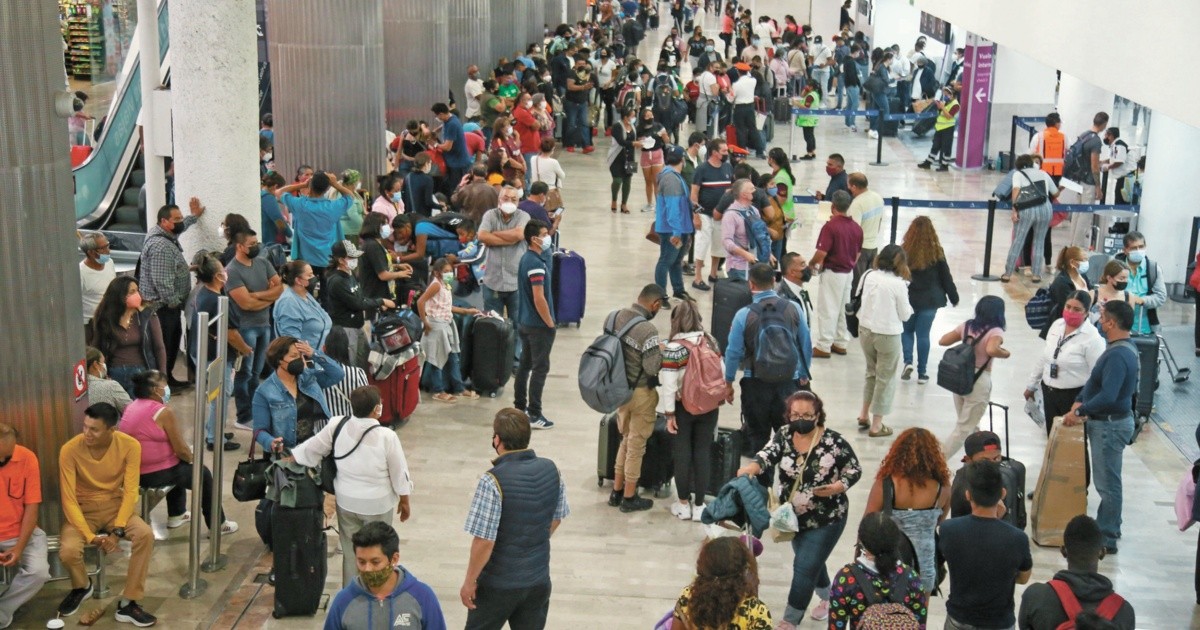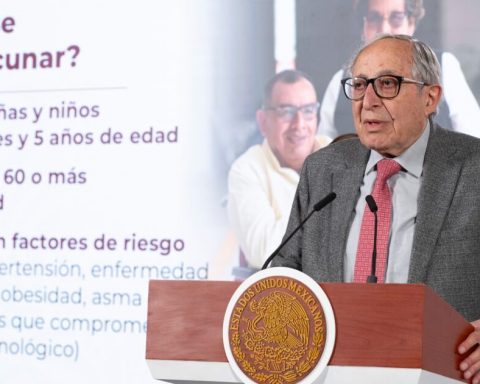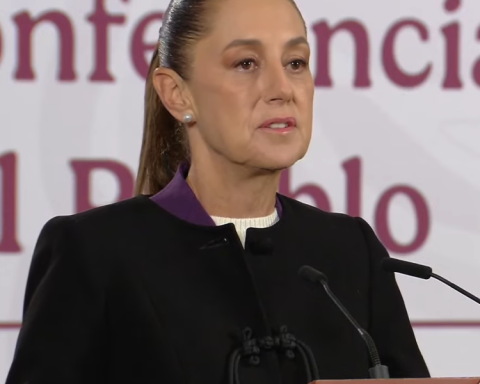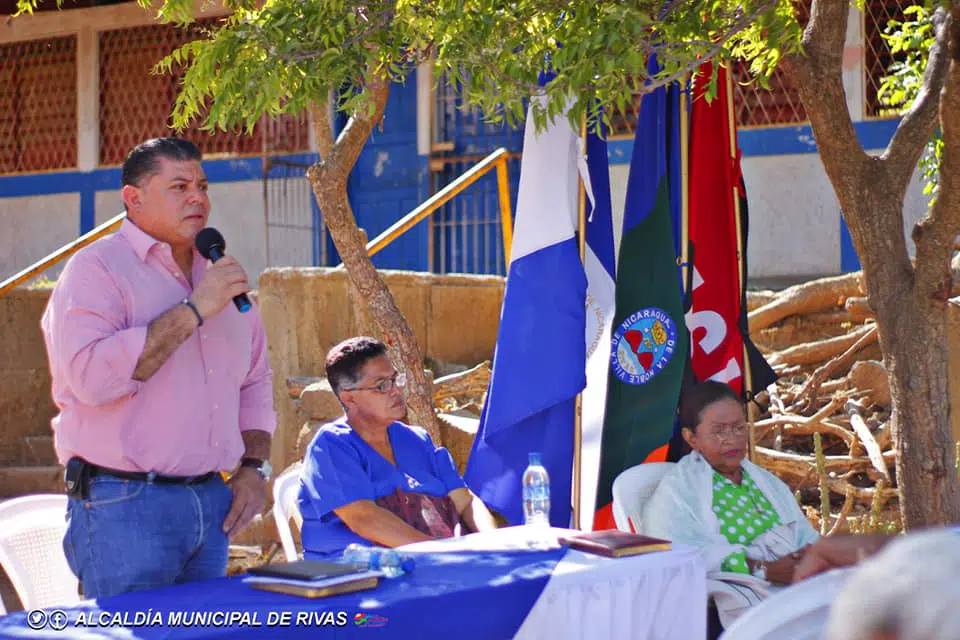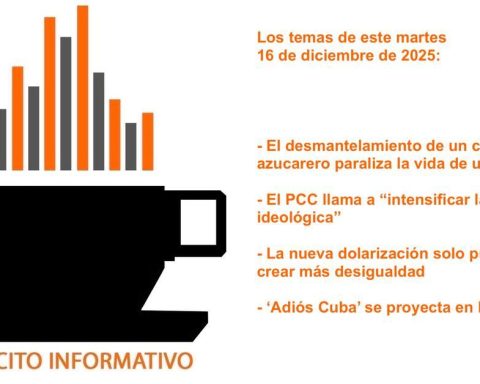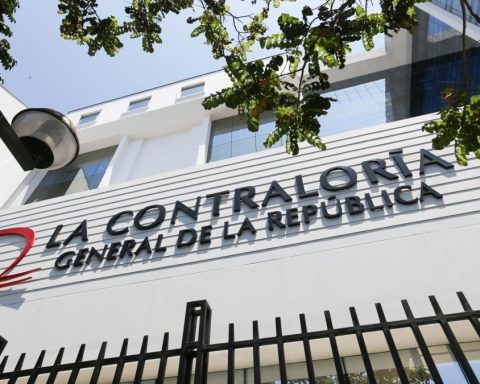The capacity study of the two terminals and airside (runways, taxiways, platforms and visual aids, among other elements) of the Mexico City International Airport (AICM), which is prepared by the consulting area of the International Air Transport Association (IATA), is planned to be concluded in November and will have the direct participation of Aeroméxico, Volaris and VivaAerobus.
With this information, it is intended to determine the new number of operations that the terminal that finds itself with a declaration of saturation can have, which allows a maximum of 61 per hour. Last week, the former director of the country’s main airport, Carlos Morán, told the specialized site A21 that IATA was in charge of the new study.
In addition, the analysis is an alternative that the Federal Civil Aviation Agency (AFAC) gave to the airlines that expressed their disagreement with the results of a technical work presented on April 29 by the Navigation Services in the Mexican Air Space ( Seneam), with which it was determined that 24 departure operations and 25 arrival operations, per hour, are adequate for an optimal operation of the AICM.
To address the complaint, it was decided by mutual agreement that as long as the new results (duly validated) are not available, the 61 operations will continue every hour, which is expected to last until March 25, 2023 because the slots (schedules takeoff and landing) have already been assigned and there is a promise that they will be respected.
Based on information from the AICM, the association’s study “seeks solutions to optimize the processing of passengers at the airport and subsequently improve punctuality.”
The IATA experience
IATA has 292 affiliated airlines and in Mexico there are: Aeroméxico, Aeromar, Volaris and the freighter Mas (VivaAerobus is not part of the group).
Among the activities it carries out is providing consultancy to companies and governments. For example, they participated in the redesign and optimization of the airspace at the Bogotá Airport, in an analysis of flight data in the United States, in an audit in the human resources area of the civil aviation authority in Rwanda, and in the implementation of a project in the European Community that sought the implementation of a common air traffic management system.
Based on the IATA work plan in Mexico, the first (current) month will be devoted to data collection and information evaluation, the second to model configuration and calibration, the third and fourth to evaluation capacity saturation and the fifth to finalize and draw conclusions.
